
Do you have a question about the Texas Instruments MSP430F5529 and is the answer not in the manual?
| Architecture | 16-bit RISC |
|---|---|
| Core | MSP430 |
| Clock Speed | 25 MHz |
| Flash Memory | 128 KB |
| RAM | 8 KB |
| ADC | 12-bit |
| ADC Channels | 8 |
| DAC Channels | 0 |
| UART | 2 |
| I2C | 1 |
| SPI | 1 |
| Operating Voltage | 1.8V - 3.6V |
| Operating Temperature | -40°C to 85°C |
| Timers | 4 x 16-bit |
| Package | LQFP-64 |
Lists key features of the microcontroller, including voltage range, power consumption, clocks, timers, and peripherals.
Provides a detailed list of device terminals, their functions, and their availability across different device variants and packages.
Specifies the absolute maximum operating conditions beyond which the device may be permanently damaged.
Details the electrostatic discharge sensitivity levels and ratings for the device according to industry standards.
Outlines the recommended operating conditions for supply voltage, temperature, and other parameters for reliable device operation.
Specifies parameters for the JTAG and Spy-Bi-Wire interfaces, including input frequencies and pulse durations.
Describes the MSP430 CPU architecture, registers, and instruction set capabilities.
Provides an overview of the various peripheral modules available on the microcontroller.
Details the Power Management Module (PMM), including its integrated voltage regulator, supply voltage supervisor (SVS), and monitor (SVM) circuitry.
Details the USB module, a fully integrated interface compliant with the USB 2.0 specification, including LDO, PHY, and PLL.
Provides an overview of device support, including getting started, tools, and hardware options.
Lists recommended software options, including IDEs, MSPWare, TI-RTOS, USB Developer's Package, and programmer tools.
Lists available documents such as User's Guides and Erratasheets for MSP430F552x and MSP430F551x devices.

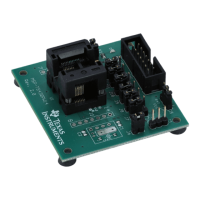
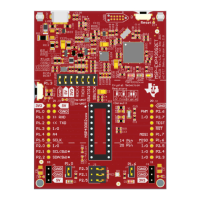
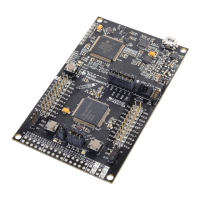
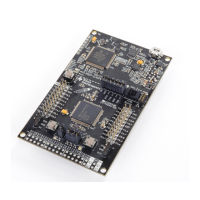
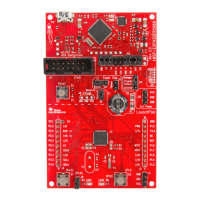
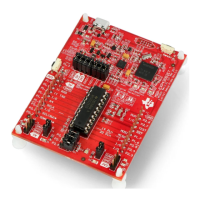
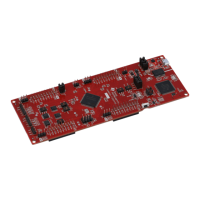
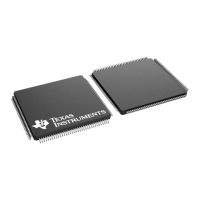
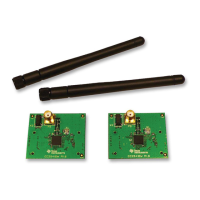

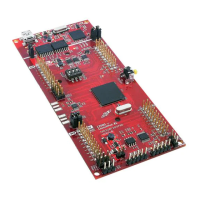
